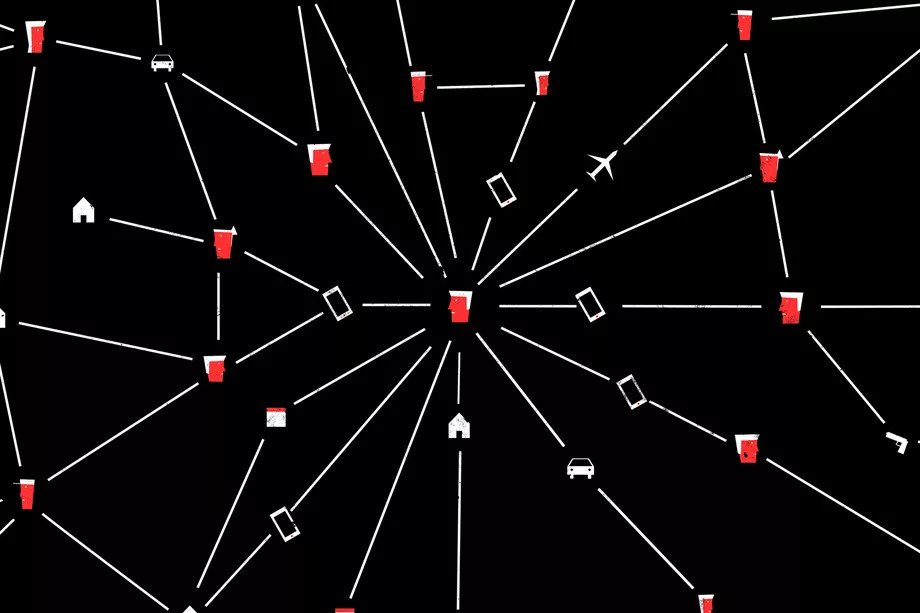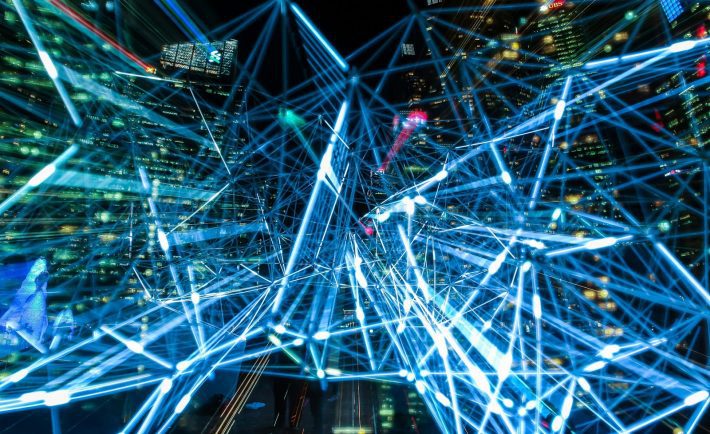Over the last few years, Predictive Policing has rapidly taken over. Using state-of-the-art analytical techniques, it’s used within law enforcement investigations to identify and prevent potential crimes from happening.
Showcasing the impact of technology within crime-fighting, it cleverly determines patterns and trends using artificial intelligence and machine learning.
But what are some of the key pros and cons of it?
Let’s start with the advantages of Predictive Policing:

1. A Technological Breakthrough in the Criminal Justice System
One of the biggest benefits that come with utilizing Predictive Policing is that not only will it prevent potential crimes from occurring, but it will improve the quality and quantity of the arrests.
Giving the police and other law enforcement the support that they need to determine the criminal liability of potential offenders, it gives the criminal justice system a much-needed boost that it’s been missing for the last few years.
2. Advances Crime Prevention
Using technology-centric and data-driven approaches, Predictive Policing is able to advance crime prevention before it occurs. Showcasing to officers the relevant targets and useful insights, it assists with their daily duties. This benefit also aids with automation and optimization.
In terms of automation, it will help to reduce the number of officers that are needed within the field. This will help towns and cities that have issues with their budgets for law enforcement. However, this doesn’t mean that traditional policing needs to be replaced altogether in other areas – rather used alongside it to provide them with support and to promote public safety.
3. Better-Informed Decision-Making
One of the primary purposes of Predictive Policing is to uncover invaluable information regarding potential crimes so that key decisions can be supported.
For example, within law enforcement, it will utilize data analytics to predict risks, uncover the identities of offenders, identify if there are any vulnerabilities in communities and determine any crime patterns. Once this key information is established, the officers are able to make decisions that will benefit the residents of that area.
Now onto the cons:

1. Biased Results?
A notable criticism that law enforcement should consider before utilizing Predictive Policing is the fact that it’s said to produce biased results. In 2016 in the early days of the technology, it was criticized by The American Civil Liberties Union as it is said to increase racial profiling.
Magnifying the issue that emerges from conventional processes, it could be argued that it’s not a completely accurate use of investigative data.
2. Are They Accurate?
Following on from the above, another key point to mention is the fact that the reliability of Predictive Policing wholly depends on the integrity of the uses and quality of the data itself.
Of course, as it’s predictive data, it’s not a true insight into the future, and if it’s used correctly, it could give a false interpretation. This inaccuracy could prove to be very damaging in communities and cause uprises.
3. Security and Privacy
The last downside of Predictive Policing is that it’s raised numerous concerns over the years about how secure the processes are. As it collects and processes data about people and communities, many call into question where the data is held and the risk of it being released. Others might also worry about the capability for law enforcers to keep it private.





